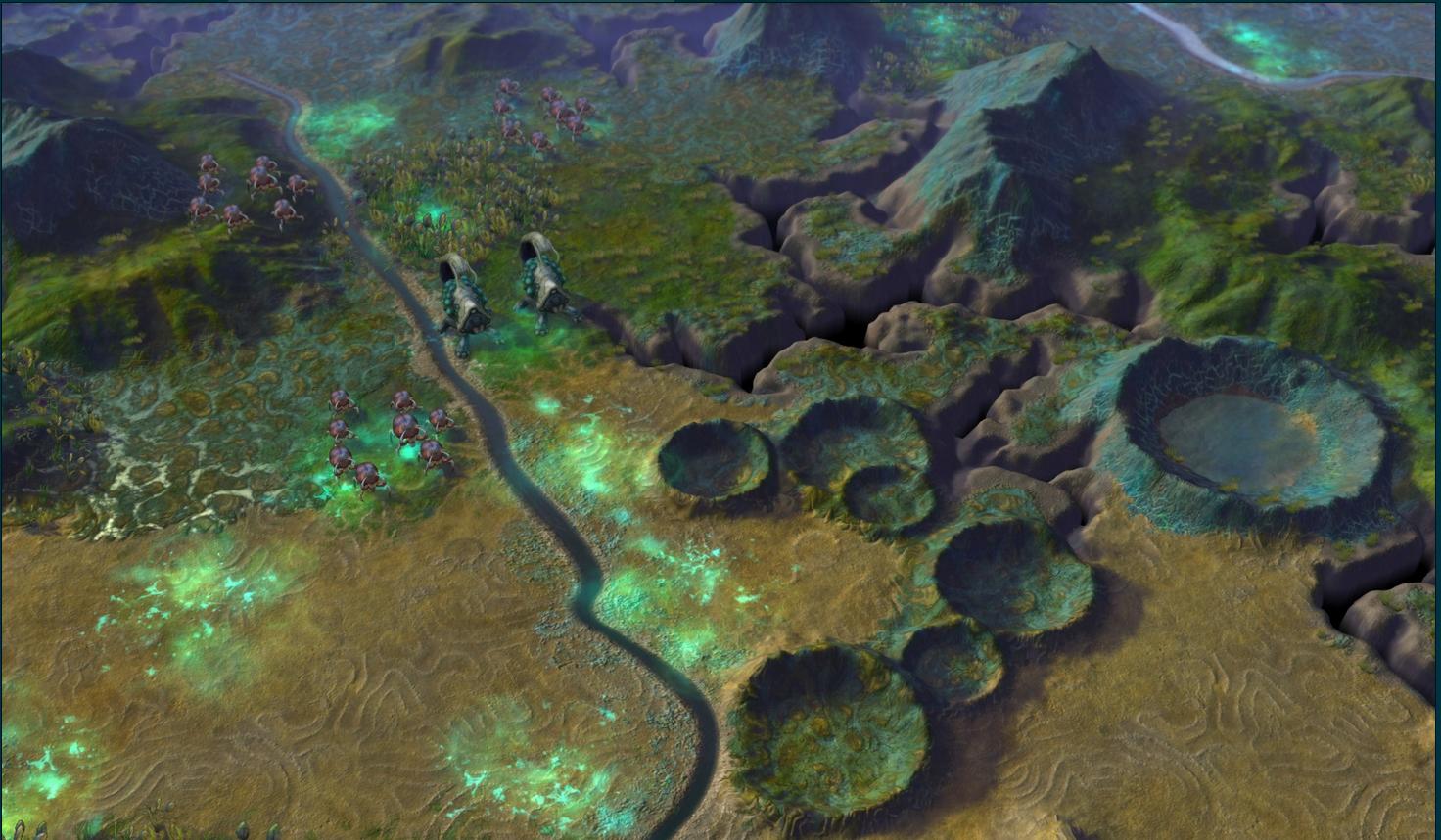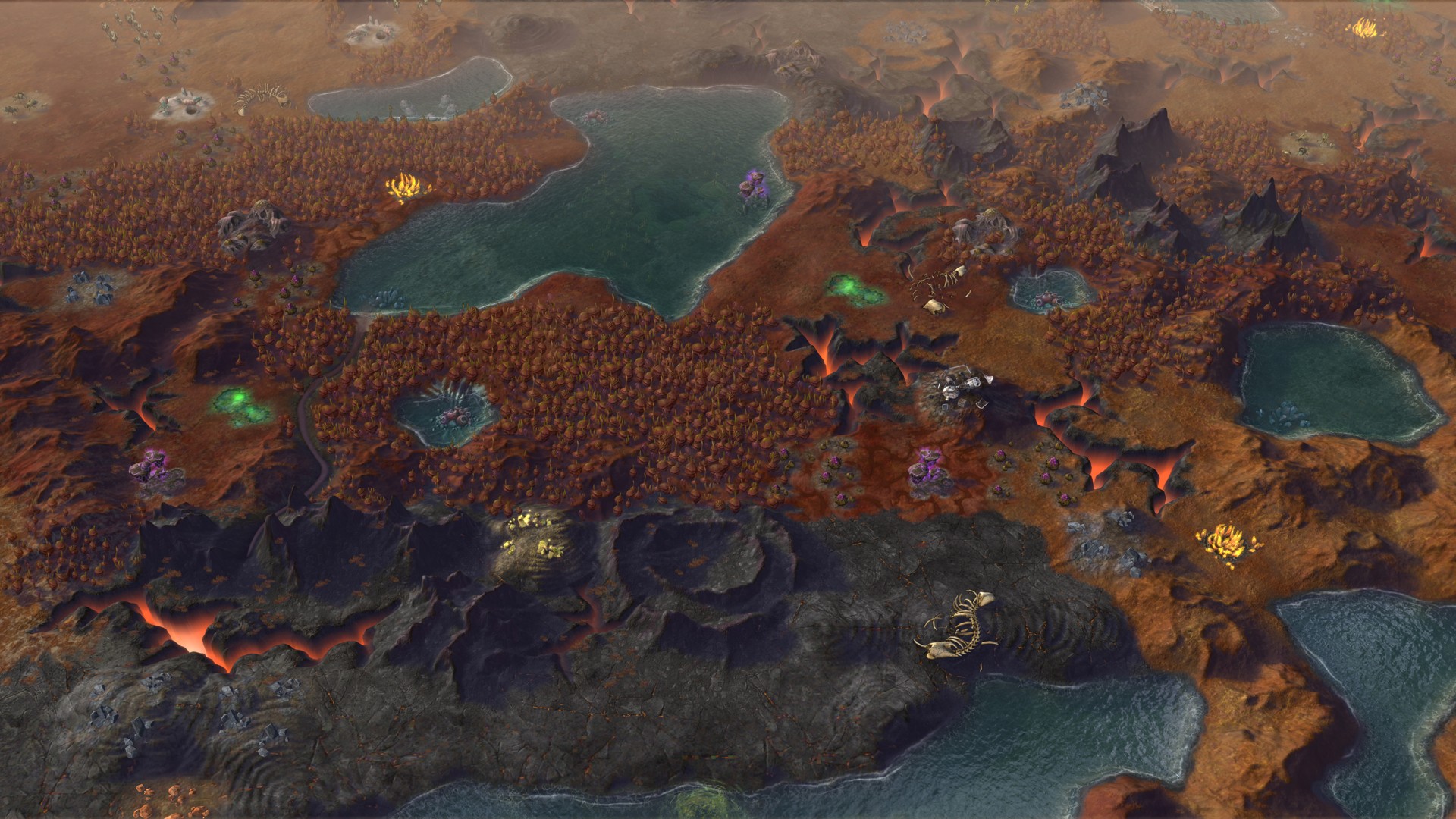
A habitable planet with intelligent life could have been sending out probes long before Earth formed.

Most stars in the galaxy formed billions of years before the sun.

The alien civilization may not even exist anymore. It would be unlikely that it could even communicate with the probes. The alien civilization that created the probes would not need to be on the mothership. From a distance, Venus, Earth and Mars would all look appealing, with Earth being of greatest interest once aliens found signatures of liquid water. "Equipped with a large surface-to-mass ratio of a parachute, technological 'dandelion seeds' could slow down in the Earth’s atmosphere to avoid burnup and then pursue their objectives wherever they land," they wrote.Īliens would likely want to explore rocky planets with an atmosphere in the solar system, the authors propose. The authors suggest the dandelion seed probes could reach Earth for exploration without being detected by astronomers as they would likely be too small to reflect enough sunlight for survey telescopes to detect. In the draft paper, Loeb and Kirkpatrick looked at Unidentified Anomalous Phenomena (UAPs, the government's preferred term for UFOs) confined by known physics. could be separated from the parent craft by the tidal gravitational force of the Sun or by a maneuvering capability." That coincidence inspired him "to consider the possibility that an artificial interstellar object could potentially be a parent craft that releases many small probes during its close passage to Earth, an operational construct not too dissimilar from NASA missions," Loeb told Live Science in an email. (Image credit: Bjorn Bakstad via Getty Images) He's repeatedly said that 'Oumuamua - the first interstellar object found passing through our solar system - could be another example of alien tech, as detailed in his book "Extraterrestrial: The First Sign of Intelligent Life Beyond Earth.The interloper 'Oumuamua continues to puzzle astronomers and astrophysicists. Loeb, known as the "alien hunter of Harvard," according to The Independent, is a member of the President's Council of Advisors on Science and Technology and leads the Galileo Project, which searches for physical examples of aliens and their tech. "This material spent that time arriving to us, but it's already here." "It will take us tens of thousands of years to exit our solar system with our current spacecraft to another star," the astrophysicist added. "They will exit the solar system in 10,000 years - just imagine them colliding with another planet far away a billion years from now," he said. Loeb compared the situation to the NASA Voyager spacecraft. The US Space Command said it was "99.999%" certain that the fragments came from another solar system, per CBS. They used magnets to comb the seabed and found the 10 spherules he believed could be alien tech. They then traveled to and searched that area on a boat called the Silver Star. Loeb's team worked with the government to establish a 10-kilometer range within which the meteor could have landed. "The fact that it was made of materials tougher than even iron meteorites, and moving faster than 95% of all stars in the vicinity of the sun, suggested potentially it could be a spacecraft from another civilization, or some technological gadget," "They have colors of gold, blue, brown, and some of them resemble a miniature of the Earth."
.jpg)
"When you look at them through a microscope, they look very distinct from the background," Loeb told CBS News Boston. "It could be a spacecraft from another civilization, some technological gadget," Loeb told CBS.Ī Harvard astrophysicist believes he may have discovered pieces of alien technology from a meteor that landed off the coast of Papua New Guinea in 2014.ĭuring a search for the meteor, known as IM1, Avi Loeb said his team found 10 tiny spheres mainly made out of iron. His team found 10 tiny spheres from a meteor that landed off the coast of Papua New Guinea in 2014. Harvard astrophysicist Avi Loeb believes that he may have found alien technology.


 0 kommentar(er)
0 kommentar(er)
